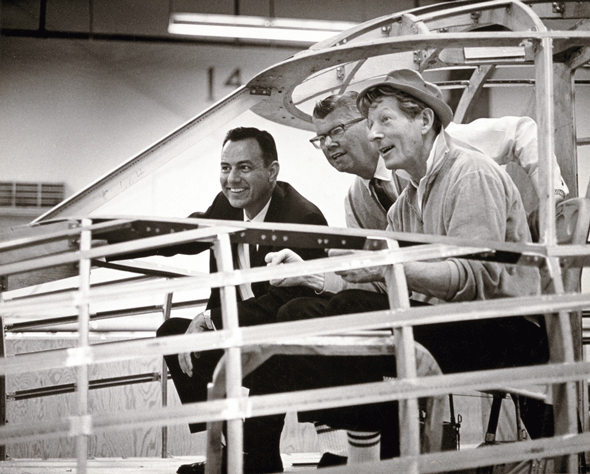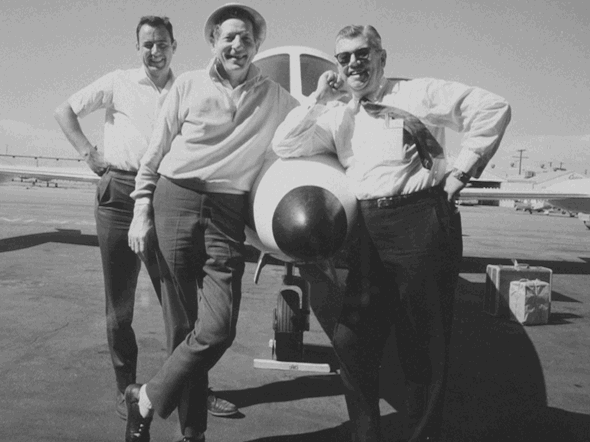Tell Your Aviation Story
06.11.14 · Sonia Greteman
Clay Lacy likes to say that the crash in 1964 of the first Lear Jet ever built – with the FAA at the controls – was a blessing for Bill Lear. “They took off with the spoilers up and an engine shut down,” says Lacy. The running-low-on-funds entrepreneur used the insurance payout to keep pressing forward. He also leveraged the FAA’s guilt to speed along the certification program. The industry had told Lear it would take 10 years and $100 million to build and certify his plane. He did it in less than one year and $12 million.
Ask Lacy about it sometime. Or about any one of another zillion stories he keeps at the ready. Some will make you laugh out loud. Others will drop your jaw. None will bore you.
Learn From a Master
You don’t have to have a big personality to be a good storyteller. But it helps. Natural raconteurs like Lacy understand how to paint pictures. How to make a point through example. Lacy writes an aviation blog peppered with personal anecdotes and observations. You come away enlightened and entertained – barely aware that he’s not just extending his personal brand, but that of his hugely successful Clay Lacy Aviation.
Cut Through the Chaos
Marketing today gets complicated with rapidly changing tactics and technology. It’s hard to keep up with current best practices and difficult to find credible advice targeted to the unique aviation industry. But there’s one truth that predates history yet remains valid today: People love a story.
Keep it simple. Let me know who you are. How you came to be. What makes you different. Be real. Because a story will reveal a truth about you that I can relate to. And will remember the next time I need the kind of services you provide.

Storytelling Basics
As you think about what you might share, here are some ways to cut through the information overload.
- Always be honest. Truth is more compelling, and people have sensitive radar. The moment they detect a false note, they’ll be gone. And won’t come back.
- Feature real people whenever possible. Heartfelt testimonials are great. If that’s not possible, it isn’t dishonest to create personas – just be sure they reflect actual customers and real situations.
- Get over yourself. Let the real you show through. Your personality draws people in. Corporate-speak pushes them away.
- Keep it tight. You’ll hold a person’s attention if you make every moment count.
- Provide structure. Like a good piece of fiction, or a strong piece of journalism, your story should offer a set-up, a main narrative and conflict resolution
Remember, you have a built-in advantage. Aviation fascinates and captivates even the general population. Think about your customers and people in your sphere of influence; many build their lives around flight. They want to hear your stories.
I know the next time I see Lacy, I want to hear more about how he managed to shoot those full-of-action aerial sequences for the movie Top Gun. Or what it was like for him back in 1988 – setting a new round-the-world-in-less-than-37-hours speed record – flying with Neil Armstrong on board. Heck, I’ll listen to any story he wants to tell me.
Pictured at top: Pictured here in 1964 (left to right): National Aviation Hall of Fame inductee and jet charter CEO Clay Lacy, entertainer and pilot Danny Kaye and the genius Bill Lear. All storytellers of the first order. Photo courtesy of Clay Lacy Aviation.
